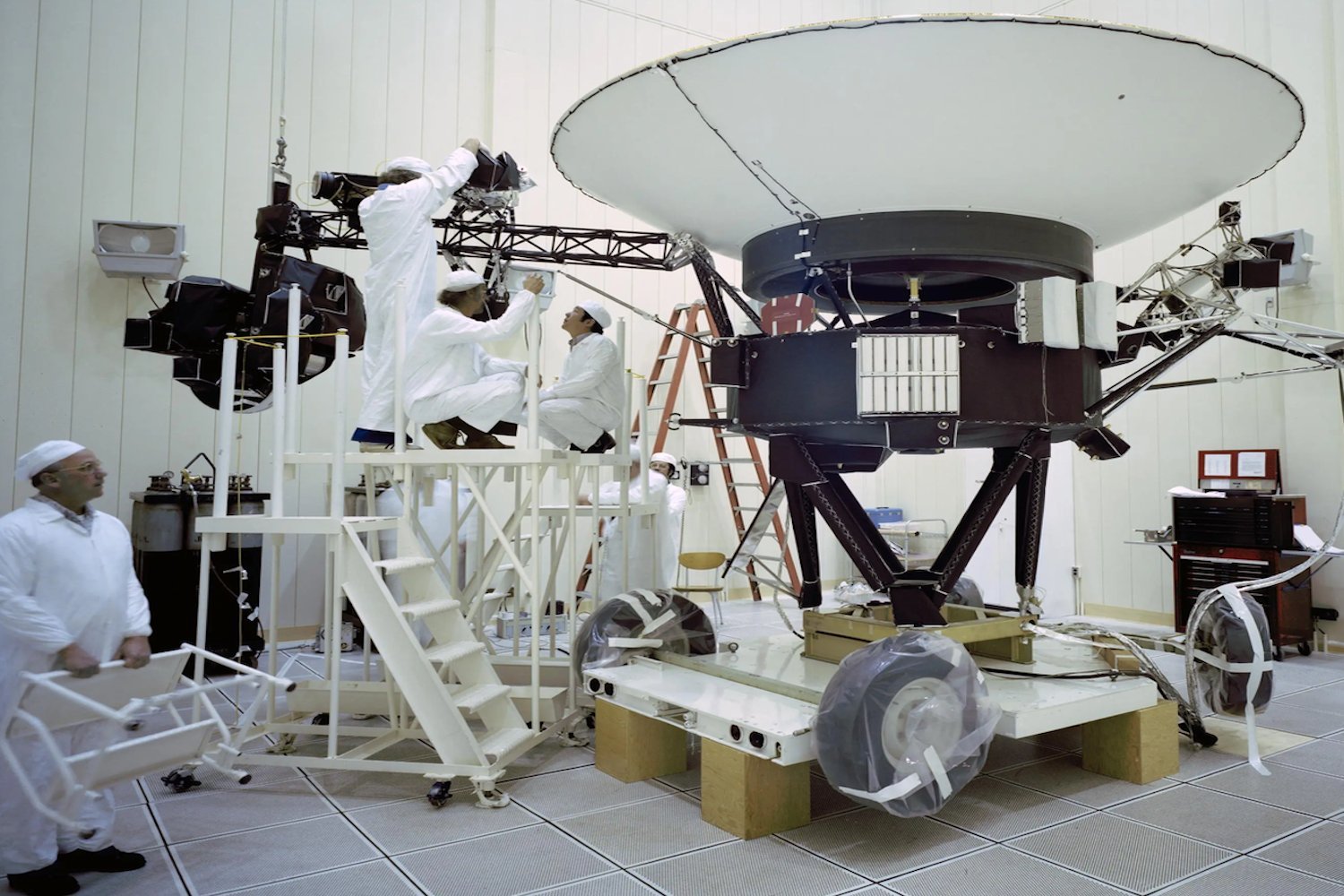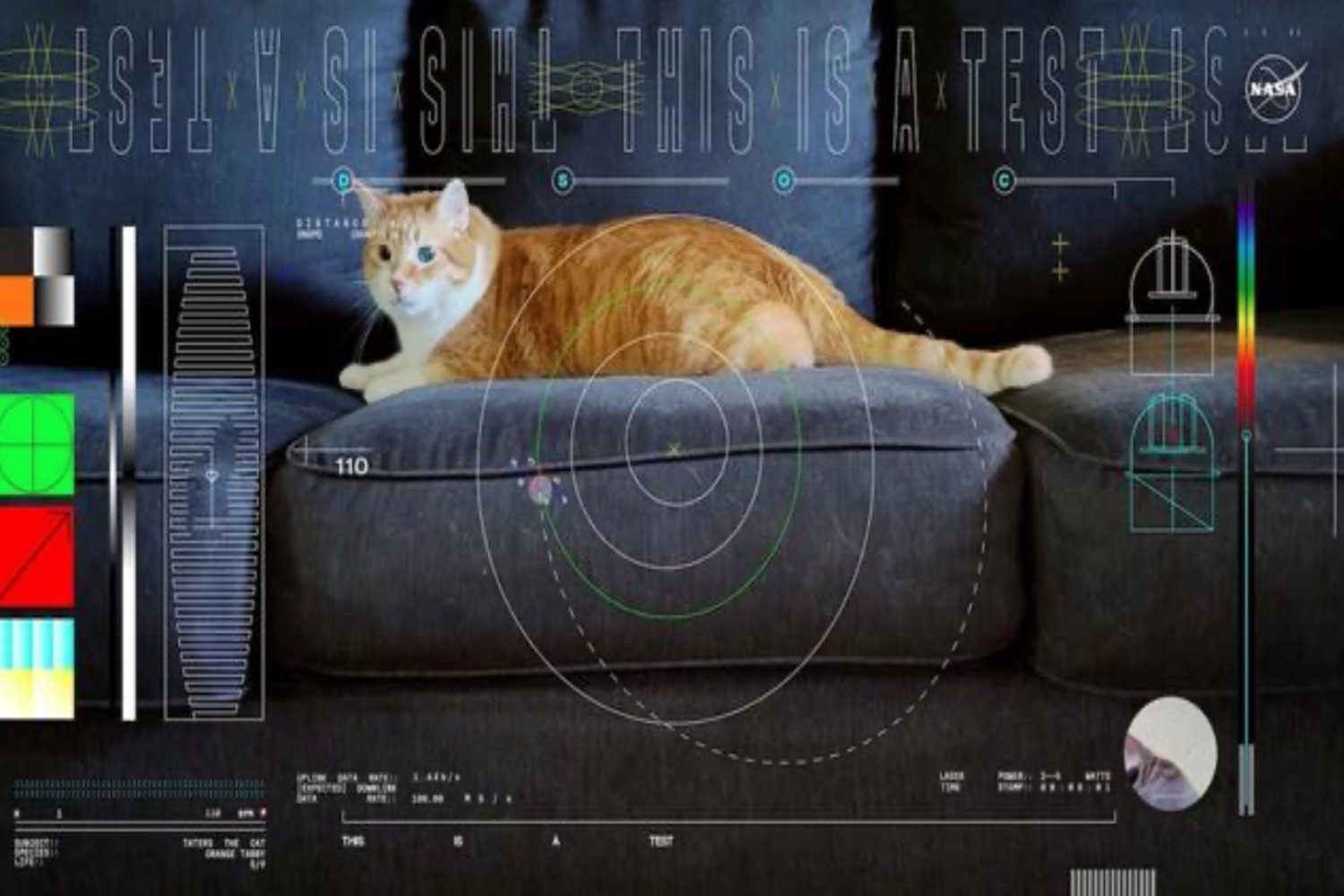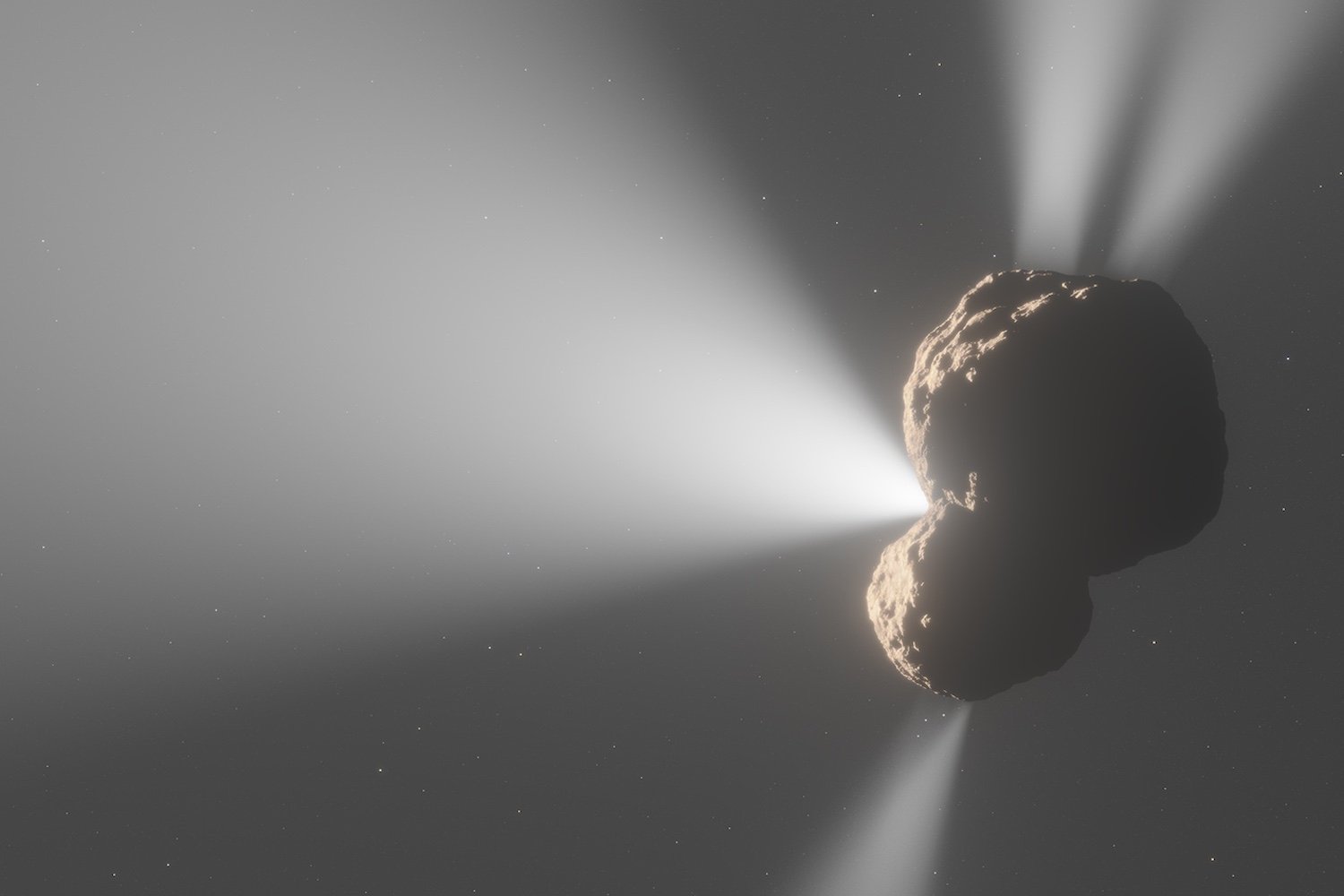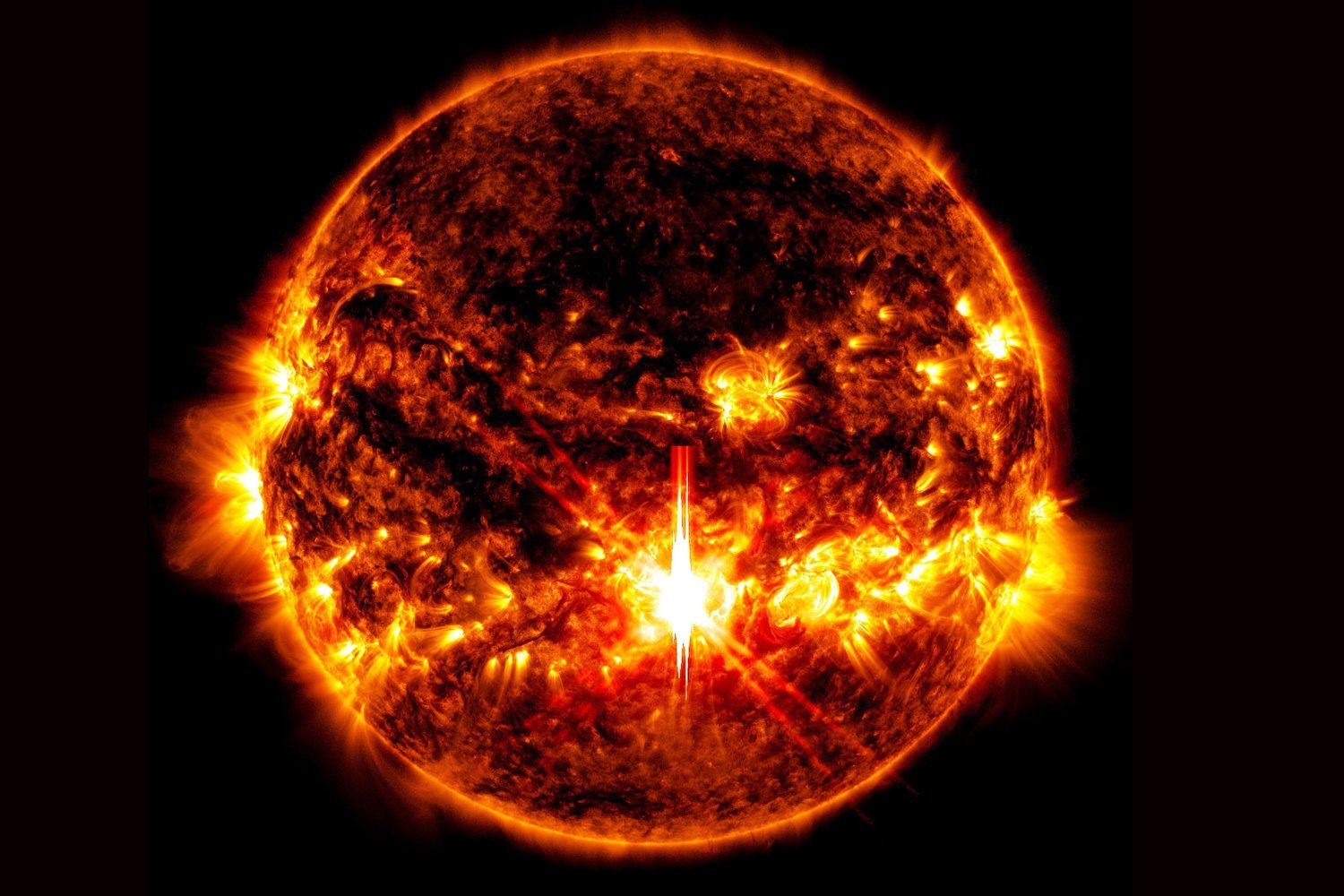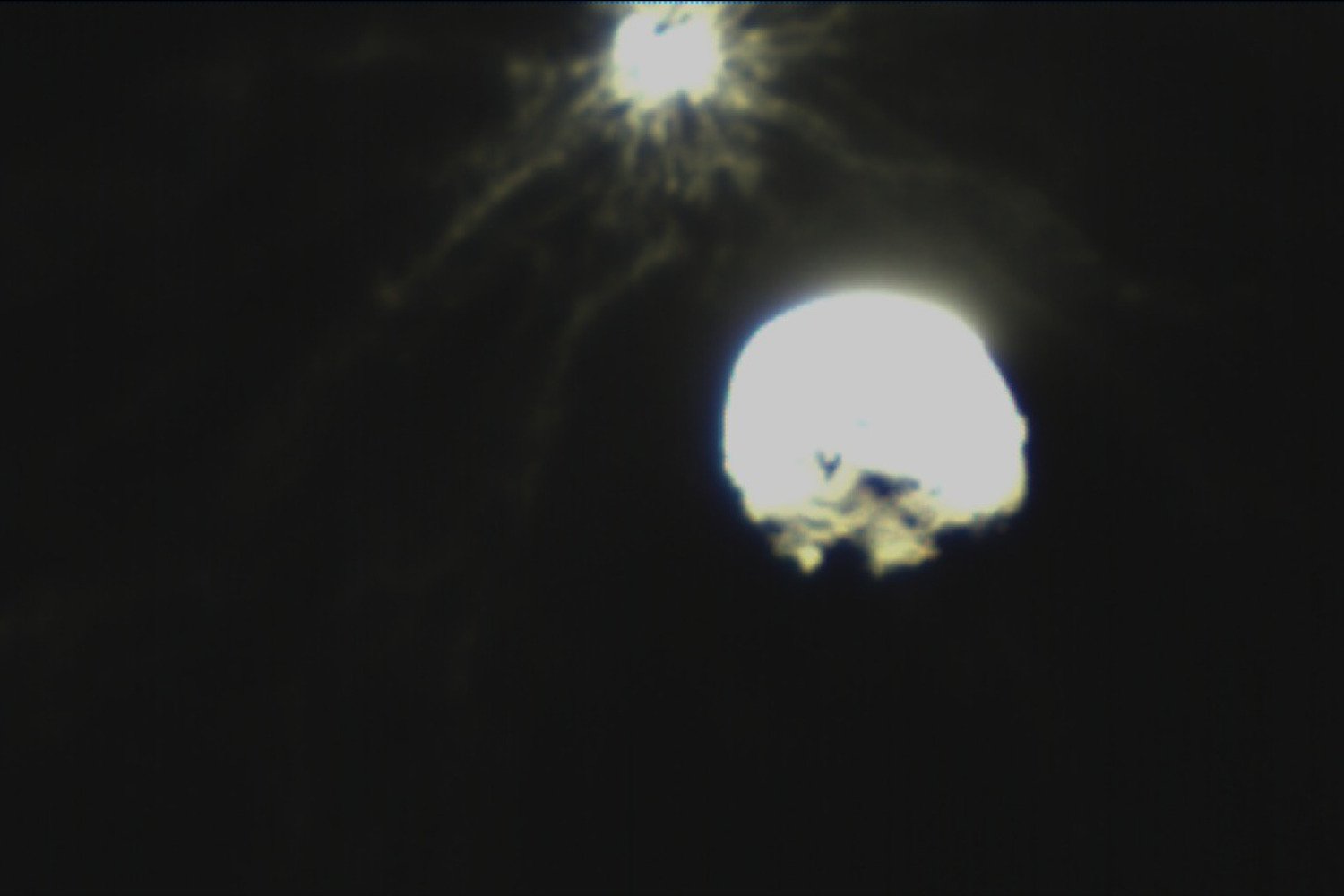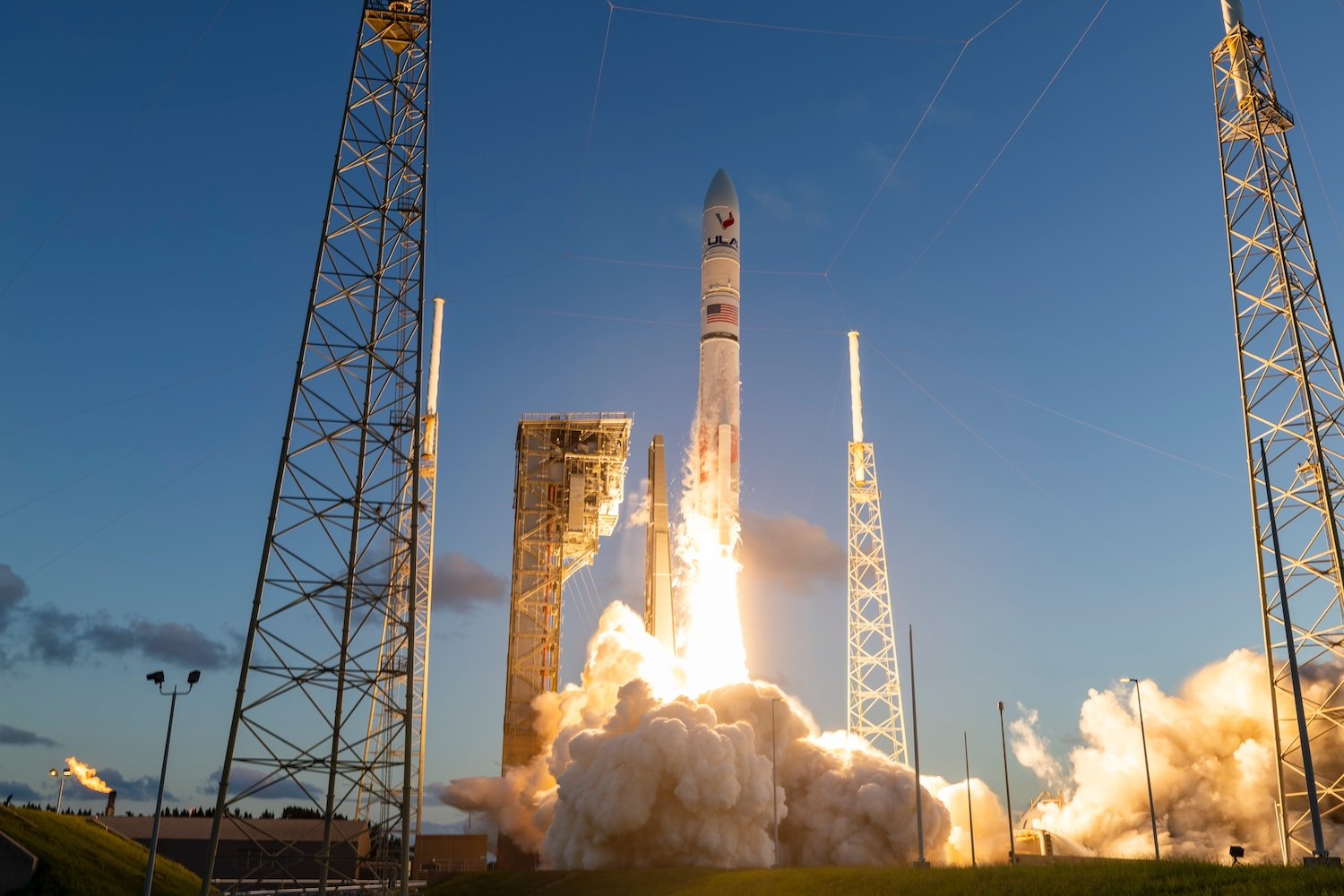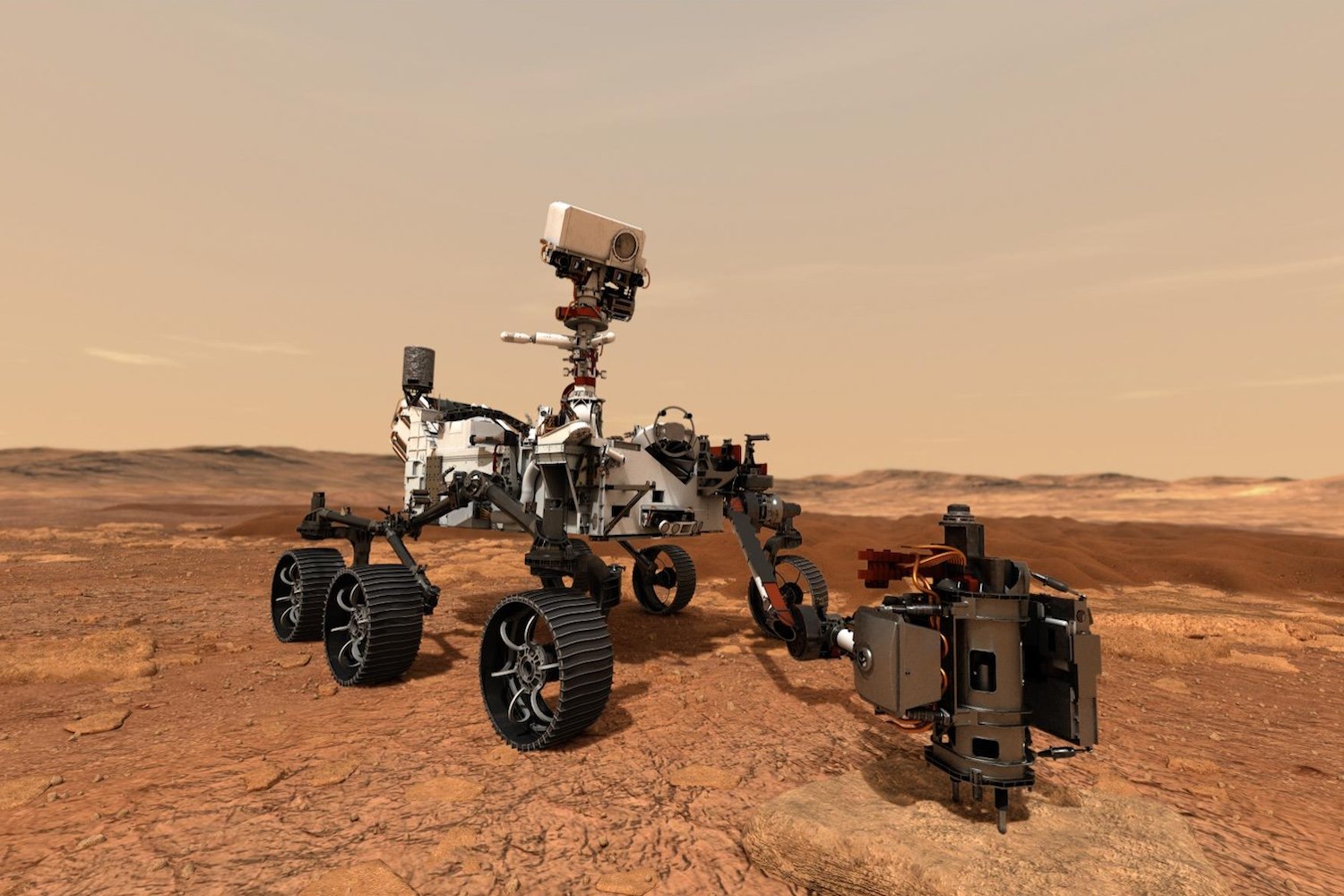NASA’s Voyager 2 probe, a veteran explorer of interstellar space, is facing power constraints due to its aging power supply. The space agency has made the difficult decision to deactivate one of its scientific instruments to conserve energy and extend the probe’s operational life. Currently 12.8 billion miles (20.5 billion kilometers) from Earth, Voyager 2 continues its incredible journey, pushing the boundaries of our understanding of the cosmos.
A Necessary Sacrifice
Voyager 2, launched in 1977, relies on decaying plutonium for power, losing approximately 4 watts annually. This dwindling power supply has forced NASA to turn off the spacecraft’s plasma science instrument. While four other scientific instruments remain active, Voyager 2 will no longer be able to measure plasma density or its direction of flow. This decision, announced on Tuesday, was a last resort to prolong the probe’s mission.
Preserving a Legacy
During its remarkable journey, Voyager 2 has provided invaluable data, visiting Jupiter (1979), Saturn (1981), Uranus (1986), and Neptune (1989). Its Neptune flyby positioned it on a trajectory below the ecliptic plane, ultimately leading it to interstellar space in 2018. Following the completion of its planetary tour in the 1980s, several instruments were deactivated to conserve power. However, the relentless decay of its power generators has necessitated further action.
Ingenious Power Management
Last year, NASA engineers implemented a resourceful workaround, allowing Voyager 2 to utilize a small reserve of backup power initially intended for a safety mechanism protecting against voltage surges. This ingenious solution temporarily alleviated the power shortage, but ultimately, turning off a scientific instrument became unavoidable.
Executing the Shutdown
On September 26, the command to deactivate the plasma instrument was sent. Given the probe’s vast distance, the signal took 19 hours to reach Voyager 2, and another 19 hours for confirmation to return to Earth. NASA has confirmed the successful execution of the command and the spacecraft’s continued normal operation.
The Role of the Plasma Instrument
The plasma instrument, comprised of four cups, played a crucial role in Voyager 2’s mission. Three cups, oriented toward the Sun, observed the solar wind, while the fourth, angled differently, measured plasma within planetary magnetospheres, the heliosphere, and interstellar space. This instrument was instrumental in confirming Voyager 2’s transition into interstellar space by detecting changes in atoms, particles, and magnetic fields.
A Calculated Decision
The decision to deactivate the plasma instrument was based on its diminished utility in interstellar space. After exiting the heliosphere, the plasma detected by three of the cups significantly decreased. The fourth cup provided limited data due to its orientation relative to interstellar plasma flow.
The Future of Voyager 2
Voyager 1 and 2 are testaments to human ingenuity and resilience. Despite the harsh conditions of space, they continue their historic missions. NASA anticipates Voyager 2 will retain sufficient power to operate with at least one scientific instrument until the 2030s. As power further declines, additional instruments will be gradually deactivated.



